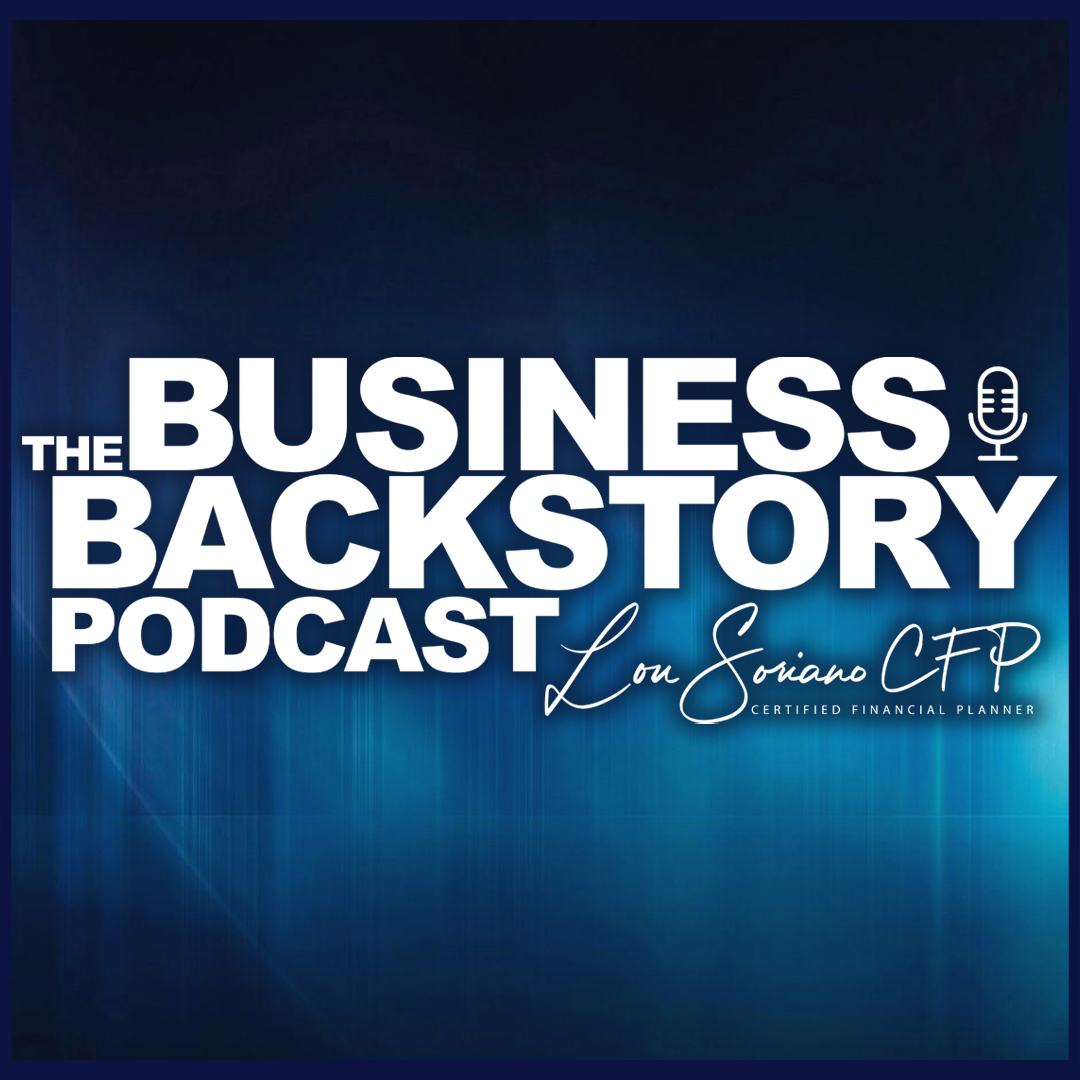
July 2020
4 Min Read
Rush to Judgment: Strategies to Obtain a Clerk’s Judgment
In light of the ongoing COVID-19 pandemic, businesses are likely to see an increase in delinquent accounts, receivables and money owed. The goal for any business will be to minimize the outstanding receivables and be made whole (or as close to whole as possible) in the near term. For many businesses, they may have to resort to litigation to seek the funds owed. However, the Courts are not known for quick resolution of claims, even if the debtor does not appear and answer a Complaint. A business, through their trusted counsel, can speed up the process of obtaining a Default Judgment, and begin collections on the Judgment, by obtaining a Clerk’s Judgment.
Some Certainty in Obtaining a Clerk’s Judgment.
A Clerk’s Judgment is just that: A Default Judgment issued by a County Clerk, instead of a Judge. Under New York State Civil Practice Law Rules (“CPLR”) § 3215(a), a Plaintiff can apply to the County Clerk for a Judgment if the claim is “for a sum certain or for a sum which can by computations be made clear.” When the Clerk is presented with the requisite proof, they shall “enter Judgment for the amount demanded in the complaint . . .plus costs and interest.” Id. The statute is intended to apply to only the most liquidated and indisputable claims. See Reynolds v. Underwriters Bank & Trust Co., 44 N.Y.2d 568, 572 (1978). As a general rule, a Clerk’s Judgment should not be entered where the amount of the Judgment can only be referenced to extrinsic proof. See HSBC Bank USA, N.A. v. Wielgus, 131 A.D.3d 510, 512 (2d Dep’t 2015).
A Clerk’s Judgment is well suited for a default of breach of contract and account stated causes of action because the damages can be proved with relative certainty and ease. For example, if a purchaser failed to pay for $100,000 worth of goods, then a Clerk can easily compute the amount of damages, interest and the Plaintiff’s statutory costs. Similarly, if a seller issued invoices to a buyer for services rendered or products sold, and the buyer failed to pay the full amount due, or any part thereof, the Clerk can add up the outstanding amount owed and enter the appropriate Judgment.
As an aside, a Clerk’s Judgment is also proper when a party defaults under a settlement agreement and the language therein states that a Plaintiff may enter Judgment against a defaulting party. See Corona Fuel Corp. v. Nayci, 140 A.D.3d 1004 (2d Dep’t 2016). Although outside the scope of this article, a Clerk’s Judgment may nonetheless be proper in situations other than when a Defendant fails to answer.
An Inquiry into Reasonableness Precludes a Clerk’s Judgment.
A Clerk’s Judgment is not available on any cause of action or claim of damages that would require the exercise of any discretion as to the value of a claim. An inquiry into reasonable value requires an inquest as to damages. See Stephan B. Gleich & Associates v. Gritsipis, 87 A.D.3d 216 (2d Dep’t 2011). Unless the damages sought in an action are for a sum certain, damages may only be awarded against a defaulting party upon notice and “a full opportunity to cross-examine witnesses, give testimony and offer proof of mitigating damages.” Reynolds Sec., Inc., 44 N.Y.2d at 572. Without the opportunity to present evidence and prove the damages, a Plaintiff cannot prove their claim as required under CPLR § 3215(e).
For example, a Clerk’s Judgment is not available for the following causes of action:
- Unjust Enrichment and Quantum Meruit- Both causes of action require the Plaintiff to provide the reasonable value of the service or products.
- Conversion- This cause of action requires an inquest because a Judge is needed to determine the value of the property converted.
- Reasonable Attorney’s Fees Claims- This claim requires an inquest to determine the “reasonableness” of the fees.
- Although outside the scope of this article, a personal injury Plaintiff cannot obtain a Clerk’s Judgment in the event of a default because the Plaintiff’s damages are a matter of fact.
A Plaintiff can still bring forth these causes of action and seek a default through the Court, but a Clerk’s Judgment will not be available.
Drafting and Filing a Streamline Complaint to Obtain a Clerk’s Judgment.
The Complaint lays out all the allegations made by a Plaintiff against the Defendant. Generally, a Plaintiff will assert all their claims or “causes of action” at once to ensure that no relief is forgotten and to potentially overwhelm a Defendant. If a Plaintiff, or their counsel, believes that the Defendant will not answer a Complaint or otherwise participate in litigation, the Plaintiff should only file claims that are easily calculated, to position the case for a Clerk’s Judgment. For example, if a business owner intends to file a lawsuit against a customer for failing to pay for a delivery of product or providing services based on a written contract, their counsel should only assert the breach of contract and/or account stated causes of action. In the Complaint, the Plaintiff should also clearly state the amount of money sought from the Defendant and the computation of the same. Finally, the Plaintiff should execute a verification attesting to the truth of the allegations in the Complaint.
At the same time, the Plaintiff’s process server is attempting to serve the Defendant(s) under the CPLR and/or New York State Business Corporation Law (“BCL”), the Plaintiff’s attorney should also serve the statutorily required mailing under CPLR §§ 3215(g)(3) and (4). Notably, both sections 3215(g)(3)(ii) and (4)(ii) permit mailing of the additional notice “simultaneously with or after service of the summons on the Defendant.” Therefore, a Plaintiff can expedite their default by serving the additional notice simultaneously with the service of process.
Obtaining a Clerk’s Judgment.
If the Defendant does not timely answer the Complaint, and has thus defaulted, a Plaintiff can quickly move for a default by filing with the Clerk, usually through the electronic NYSCEF System, the following proof as required under CPLR § 3215(f):
- Affidavit of Service of the pleadings;
- Proposed Judgment;
- Facts constituting the claim. This is either done by the Plaintiff or an attorney when the Plaintiff serves a Verified Complaint;
- Proof of mailing the notices under CPLR § 3215(g), if required; and
- Bill of Costs.
Upon submission, the Clerk will review the proof submitted by the Plaintiff, and enter a Judgment. With a Clerk’s Judgment in hand, the Plaintiff can begin enforcement efforts. As noted above, a Clerk’s Judgment is obtained without time consuming motion practice, filing a Request for Judicial Intervention or even notice to a non-appearing Defendant. However, if a Defendant has filed a Notice of Appearance, but nonetheless defaults, a Clerk’s Judgment must be made on five (5) days’ notice to the attorney. See CPLR § 3215(g)(1).
The Clerk’s Judgment is equally as enforceable as a Court Judgment, but it may also be challenged by a motion to vacate. Under CPLR § 5015, a Defendant can move to vacate a Default Judgment by demonstrating both: (1) a reasonable excuse for the delay in appearing and answering; and (2) a potentially meritorious defense to the Plaintiff’s Complaint. In addition, a Defendant can challenge the Clerk’s Judgment if the amount sought by the Plaintiff was not a “sum certain” (for example, the Clerk entered Judgment on an unjust enrichment claim). If the Clerk’s Judgment is vacated, but the Defendant has failed to present a reasonable excuse and a meritorious defense, the Court will only vacate the Judgment and require the Plaintiff to conduct an inquest. The default will still stand.
What if the Defendant Answers?
All the planning for a Clerk’s Judgment is for naught if the Defendant responds to the Complaint. The Plaintiff’s attorney may be concerned that they will be forced to litigate without the benefit of their equitable claims, such as unjust enrichment, if the contract is invalidated. Fear not; under CPLR § 3025(a), the Plaintiff can amend their Complaint “as of right,” within twenty (20) days of the Defendant answering. Court intervention is not required to file an Amended Complaint, which would include the equitable causes of action, in this situation. Lastly, the Statute of Limitations should not be a concern because, under CPLR § 203(a), the equitable claims would relate back to the timely filing of the breach of contract or account stated cause of action. Therefore, filing the streamlined Complaint will not backfire, if the Defendant responds.
Conclusion.
A Clerk’s Judgment is an efficient way to obtain a Judgment against a Defendant who is likely to default in a breach of contract or account stated action. If the Defendant does not appear, the Plaintiff can obtain a Judgment in a few months without their attorney having to appear in Court. The Plaintiff can begin enforcement before the Defendant’s assets are depleted or they are even aware a Judgment was entered, making it a valuable weapon in the commercial litigator’s arsenal.
Seth J. Meyer is an Associate Attorney at Brown & Altman, LLP. He contributed to the writing of this article.




















































